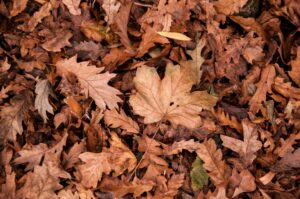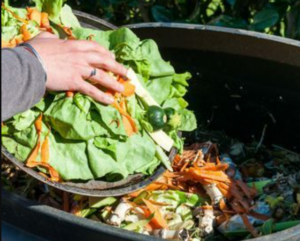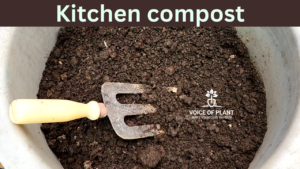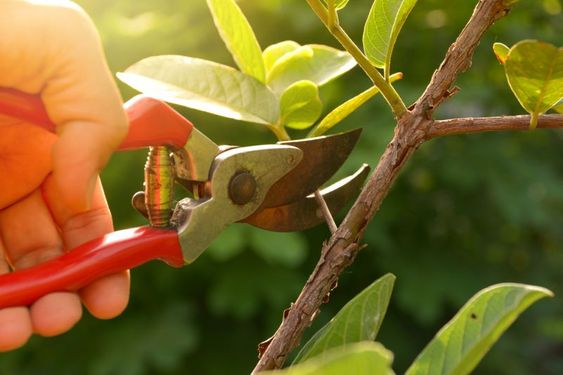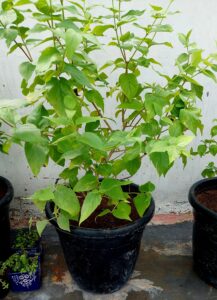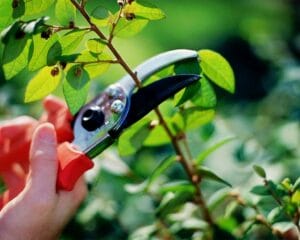Leaf curl is a common disease often observed in tomato plants. It makes the leaves twist and become deformed, which can reduce the yield of tomatoes. This disease can be very harmful to plants and completely stop the production of fruit – especially if the plants become infected when they are young. It is important to deal with this problem quickly to stop it from spreading.
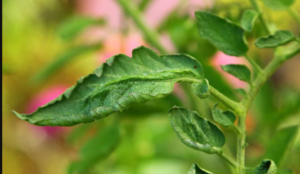
Many gardeners are concerned about how to overcome this disease. In this article, we will look at good ways to treat leaf curl disease. We will focus on natural remedies and things you can do to stop it from happening again, so your tomato plants stay healthy and give you lots of tomatoes.
Identifying Leaf Curl Disease Symptoms
(i) Early Signs
- Early signs of leaf curl disease include slight curling or rolling of the leaves, along with discoloration and stunted growth.
- These symptoms may initially go unnoticed but should be monitored closely to prevent the disease from progressing.
(ii) Advanced Symptoms
- As the disease progresses, the leaves may become severely curled, brittle, and discolored. The plant may also exhibit signs of wilting and reduced fruit production, indicating a more advanced stage of infection.
Causes of Leaf Curl Disease
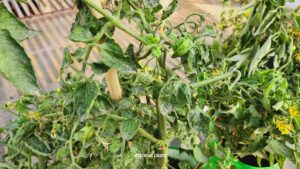
1. Lack of Nutrients
Nutrient deficiencies can also cause leaf curl disease in tomato plants.
- When tomato plants lack essential nutrients, such as nitrogen, potassium, or magnesium, they may exhibit symptoms like leaf curling.
2. Pathogens
- Pathogens such as viruses and bacteria can also cause leaf curl disease in tomato plants.
- These pathogens can be introduced through contaminated soil, infected plant material, or insect vectors.
- Implementing proper sanitation practices and using disease-resistant tomato varieties can help mitigate the risk of infection.
Importance of Addressing Leaf Curl Disease Early
Early intervention is crucial in treating leaf curl disease and preventing its spread to healthy plants. By identifying and addressing the disease at its early stages, you can minimize damage and preserve the overall health of your tomato crop.
Natural Methods to Treat Leaf Curl Disease
(i) Early Intervention Techniques
Addressing leaf curl disease early involves closely monitoring your plants for symptoms and taking immediate action upon detection.
- Inspect your tomato plants regularly, and promptly remove any affected leaves or plant parts to prevent the spread of infection.
(ii) Micronutrient Application
Ensuring proper nutrient balance is essential for combating leaf curl disease.
- Administering micronutrients such as zinc, magnesium, and iron can help strengthen the plant’s immune system and promote healthy leaf development.
- Consider incorporating organic fertilizers or foliar sprays rich in micronutrients into your regular feeding regimen.
(iii) Pruning Affected Parts
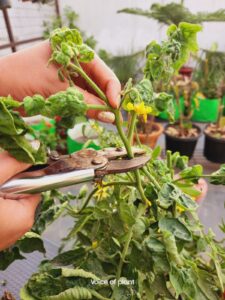
Pruning is an effective method for controlling the spread of leaf curl disease within your tomato plants.
- Remove any visibly infected leaves or branches using sterilized pruning shears, and dispose of the removed plant material properly to prevent recontamination.
(iv) Adding Neem Cake Powder in the Soil Mix

Adding Neem cake powder to the soil mix is an effective method for preventing leaf curl disease in plants.
- Neem cake powder has anti-fungal, anti-bacterial, and anti-inflammatory properties, which help in controlling diseases like leaf curl.
- When incorporated into the soil mix, neem cake gradually releases beneficial nutrients and bioactive substances, promoting healthier root development and overall plant vigor.
(v) Neem Oil Spray

Using neem oil spray is an effective method to slow down the progression of leaf curl disease in plants.
- Neem oil contains natural compounds that have anti-fungal and anti-bacterial properties, which help to combat the pathogens responsible for leaf curl.
- To utilize neem oil effectively, spray the solution onto the affected plants twice a week. Additionally, it is essential to monitor your plants regularly to assess their health and the effectiveness of the treatment.
(vi) Buttermilk Solution Treatment
Buttermilk solution has been found to be effective in treating leaf curl disease in tomato plants.
- The lactic acid present in buttermilk helps suppress fungal and bacterial growth while promoting plant health and vigor.
How to Prepare Buttermilk Solution
To prepare a buttermilk solution, mix one-fourth of buttermilk with 1 liter of water in a spray bottle or garden sprayer. Shake the mixture well to ensure thorough blending.
Application of Buttermilk Solution
The application of buttermilk solution offers dual benefits for treating plant issues.
1. Pour the solution into the soil around the base of the plant:
- When poured into the soil around the base of the plant, it provides direct access to the root system, allowing the plant to absorb nutrients and beneficial compounds.
2. Spray the solution onto affected leaves:
- Spraying the solution onto affected leaves ensures that the active ingredients come into direct contact with the affected areas, effectively combating diseases or pests.
- Using a fine mist setting on your sprayer ensures even distribution of the solution, minimizing wastage and maximizing its effectiveness.
Incorporating both methods of application can enhance the overall health and resilience of your plants, promoting vigorous growth and improved resistance to stressors.
Frequency of Buttermilk Solution Treatment
Repeat the buttermilk solution treatment every two days for a total of 2-3 treatments, or until symptoms improve. Monitor your plants closely throughout the treatment process, and discontinue if any adverse effects occur.
Other Preventive Measures
In addition to treatment, implementing preventative measures can help reduce the risk of leaf curl disease in your tomato plants.
Maintain proper spacing between plants to promote airflow, and avoid overhead watering to minimize moisture accumulation on the leaves.
- Practice crop rotation and soil sterilization to prevent the buildup of pathogens in the soil.
Conclusion
Treating leaf curl disease in tomato plants requires a proactive approach and a combination of natural remedies and preventative measures. By addressing the disease early, administering micronutrients, pruning affected parts, and utilizing buttermilk solution treatment, you can effectively manage leaf curl disease and safeguard the health of your tomato crop.



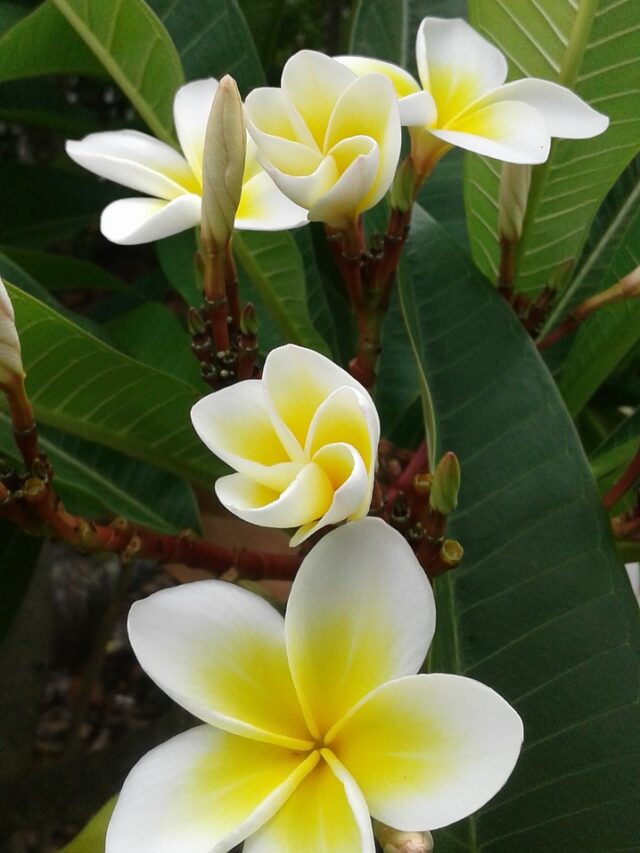
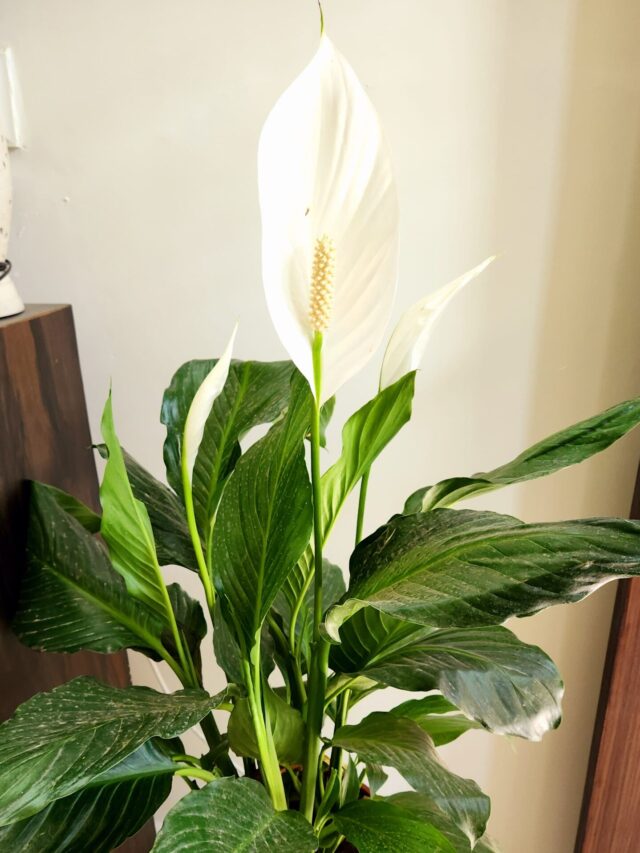
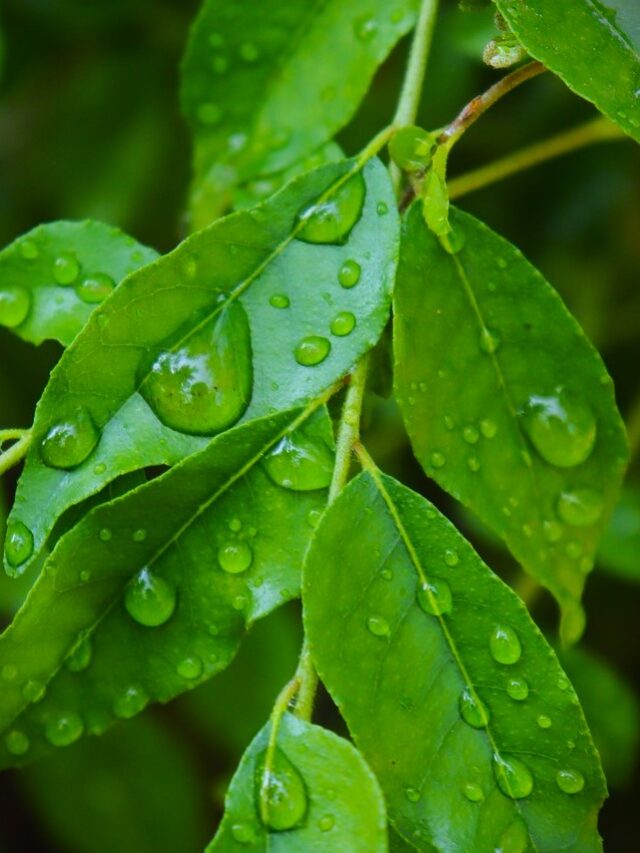
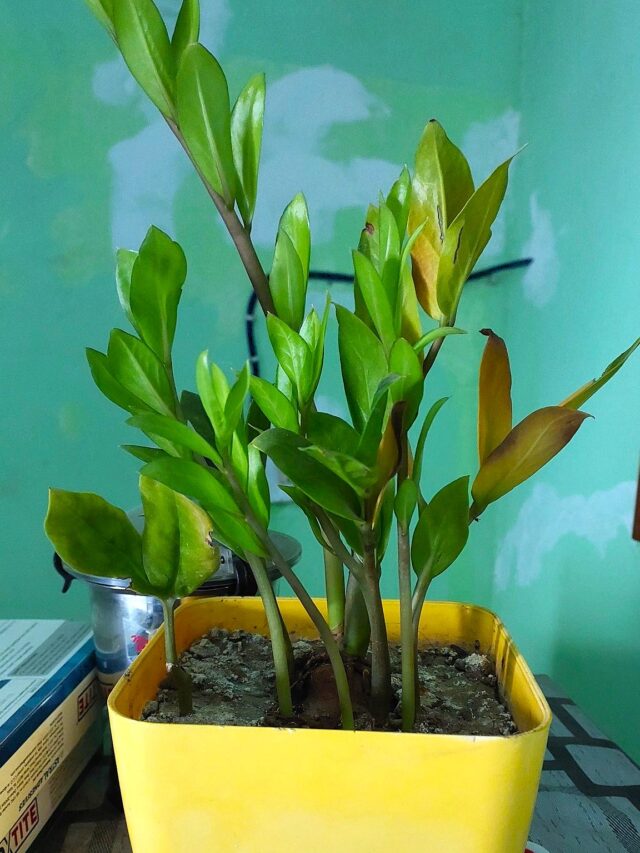
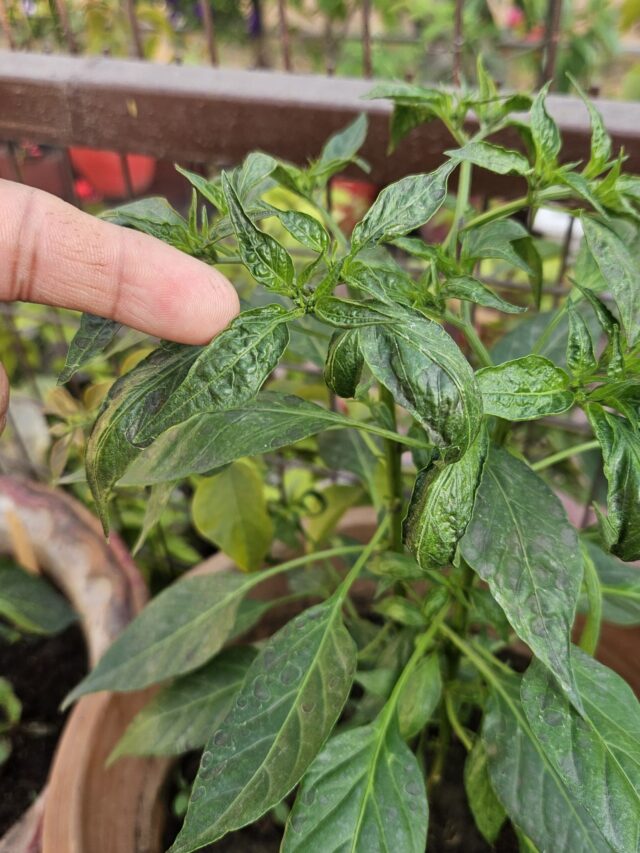
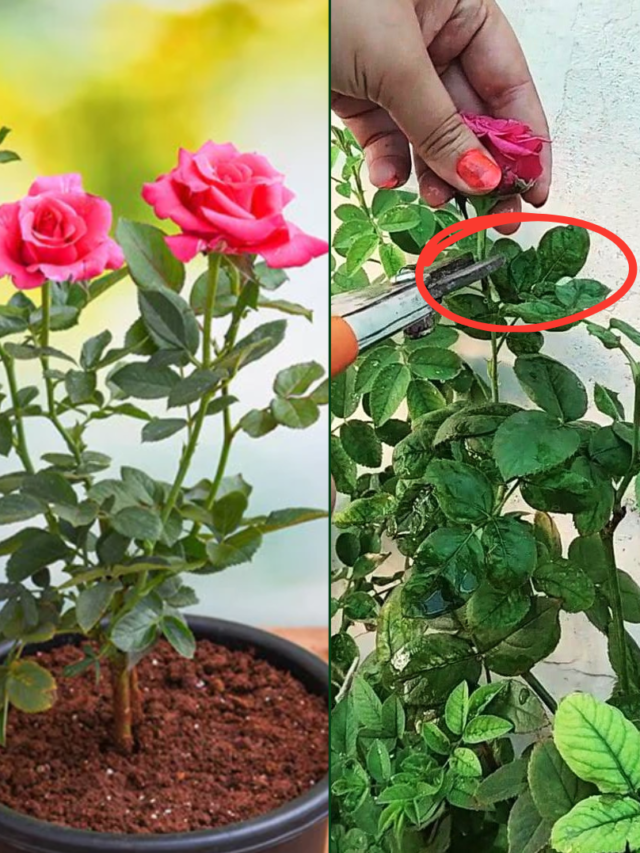
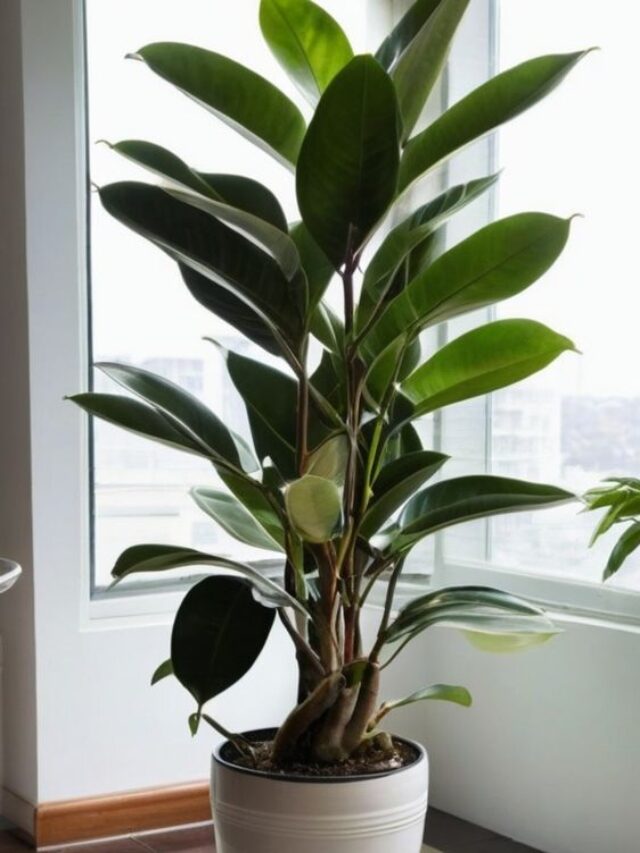
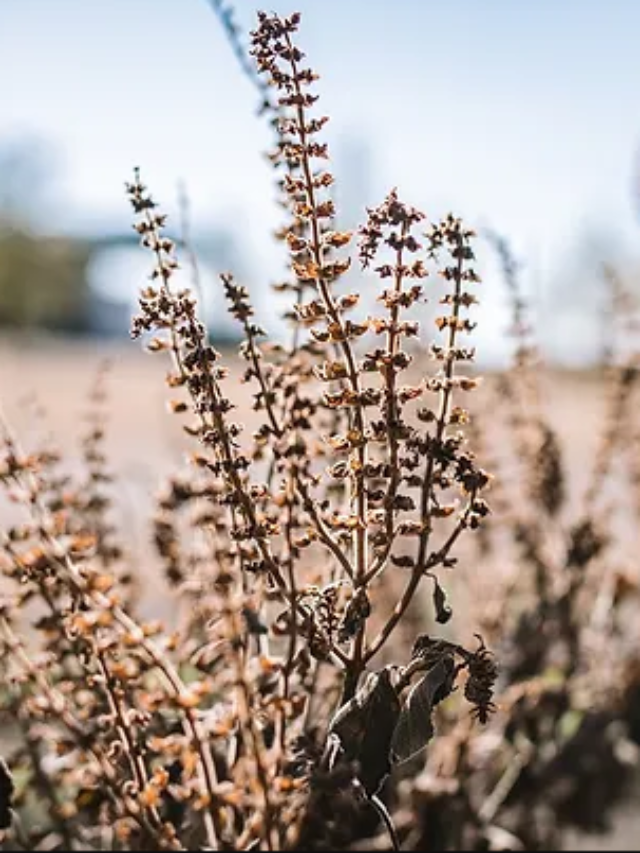
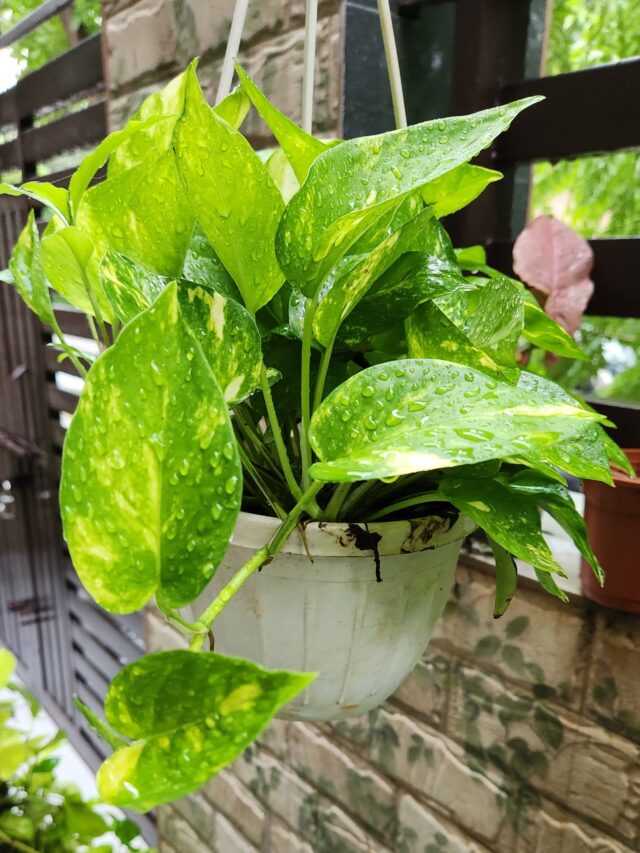
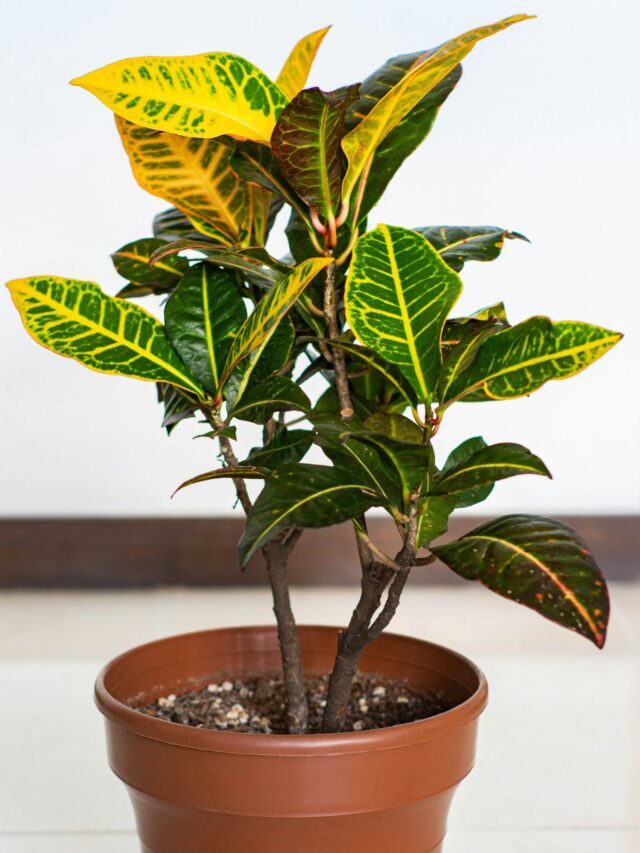
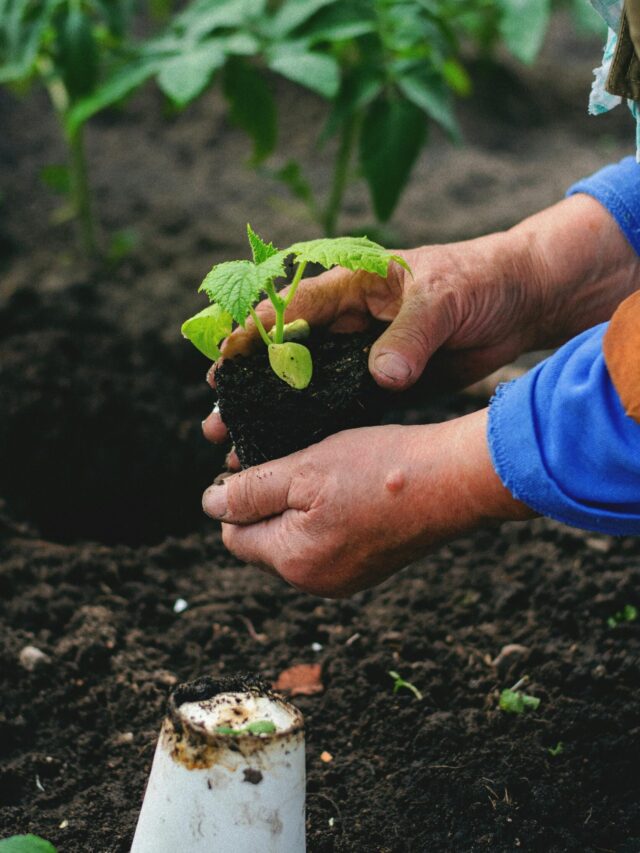
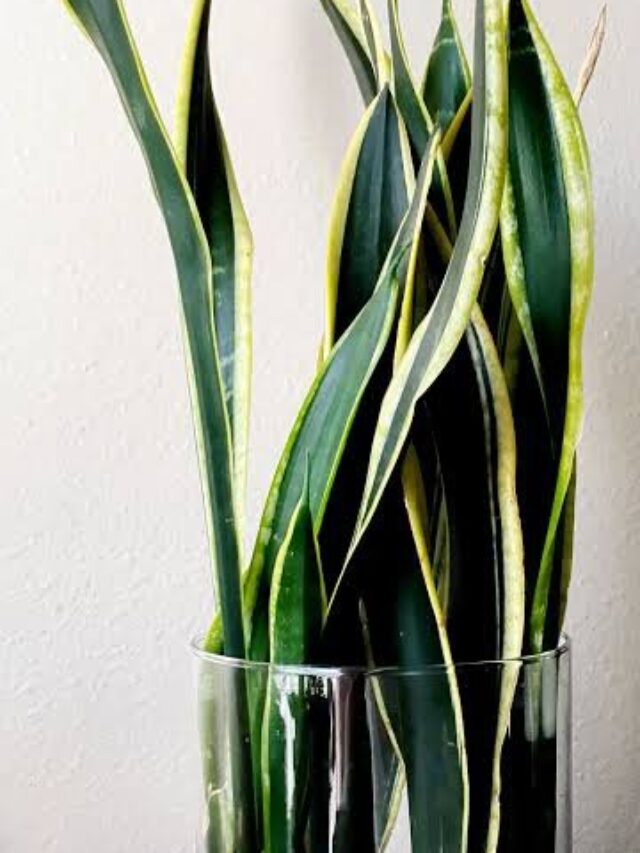
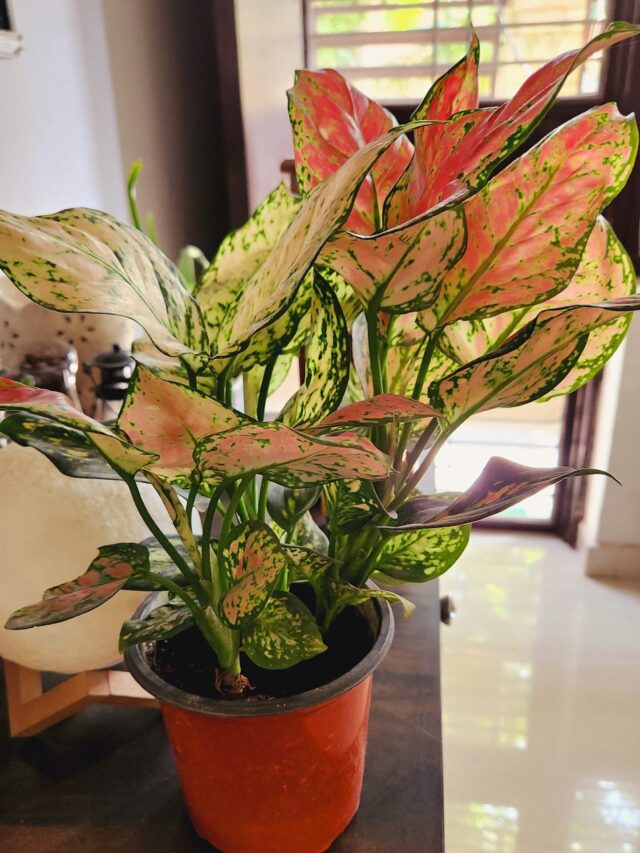
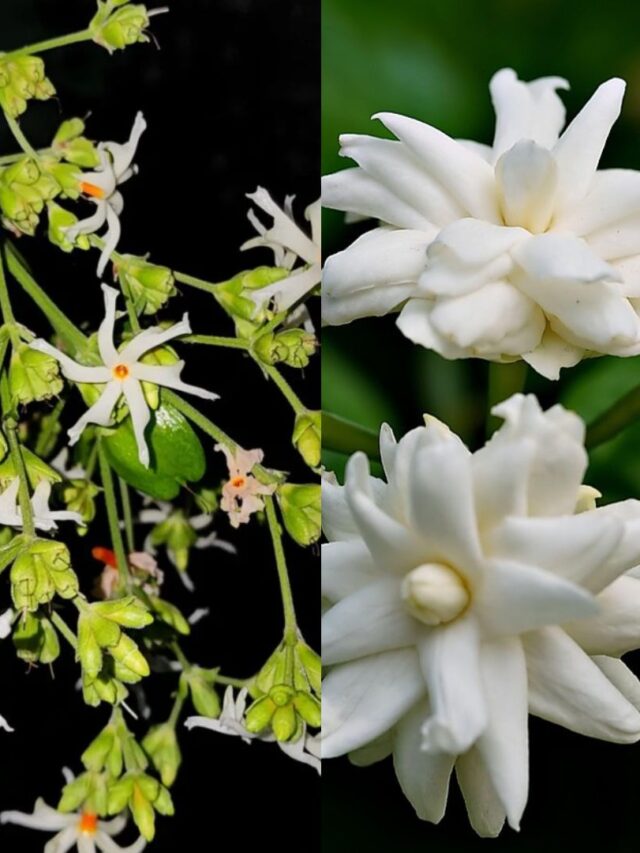


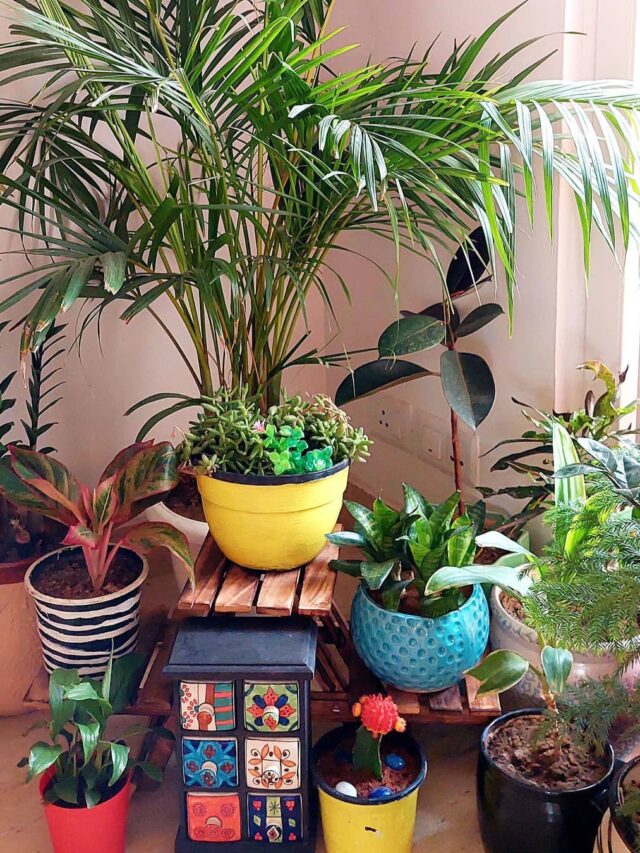


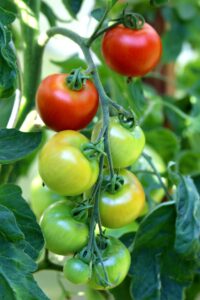
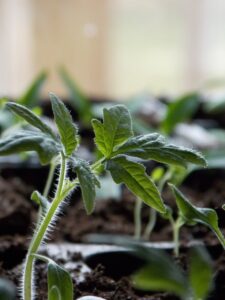


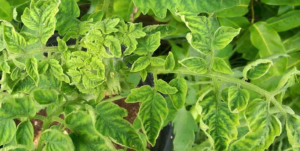
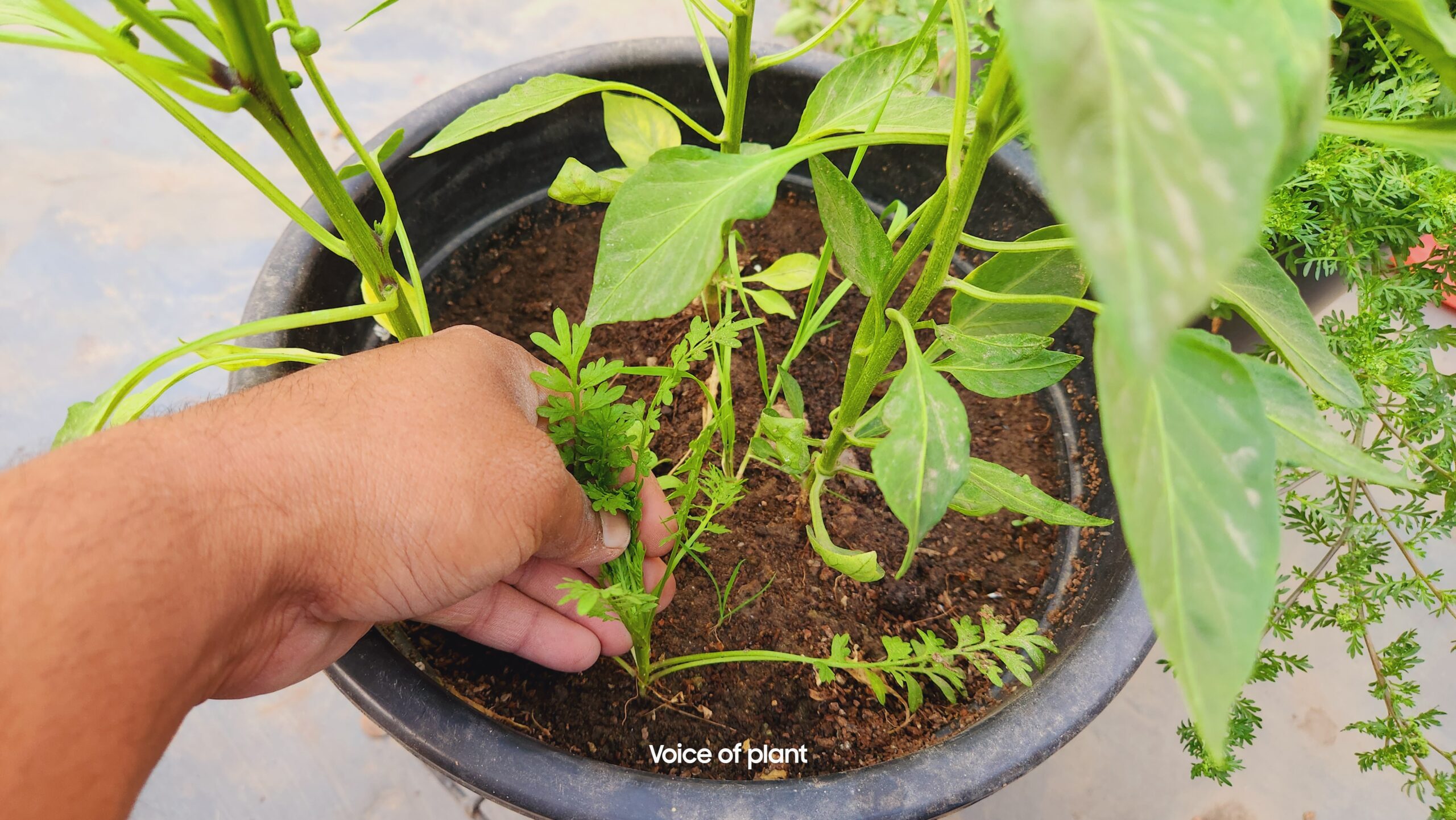











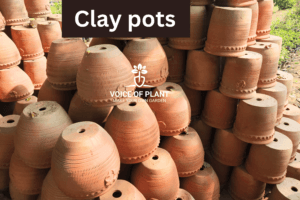





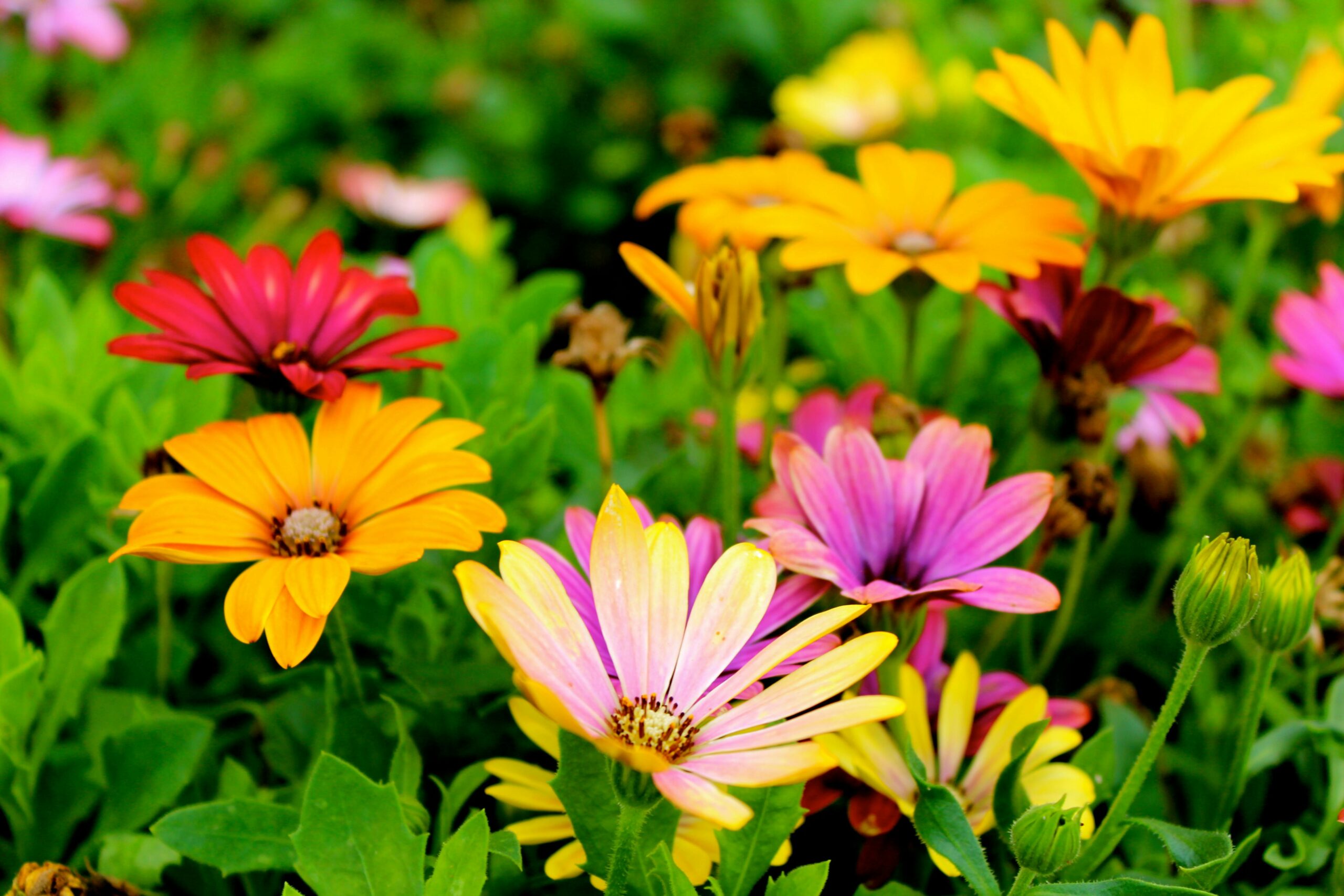

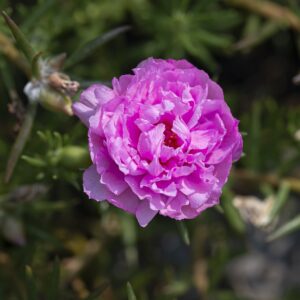

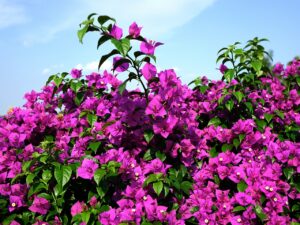

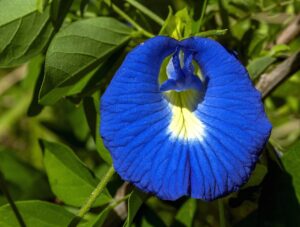

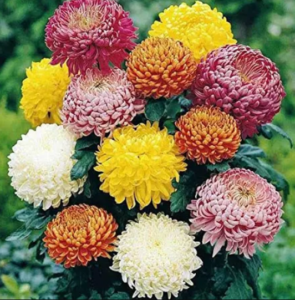


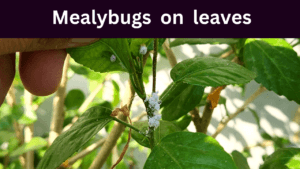


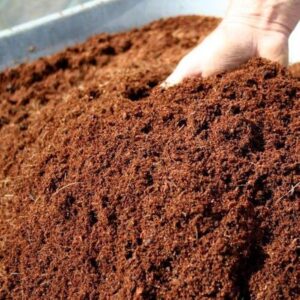




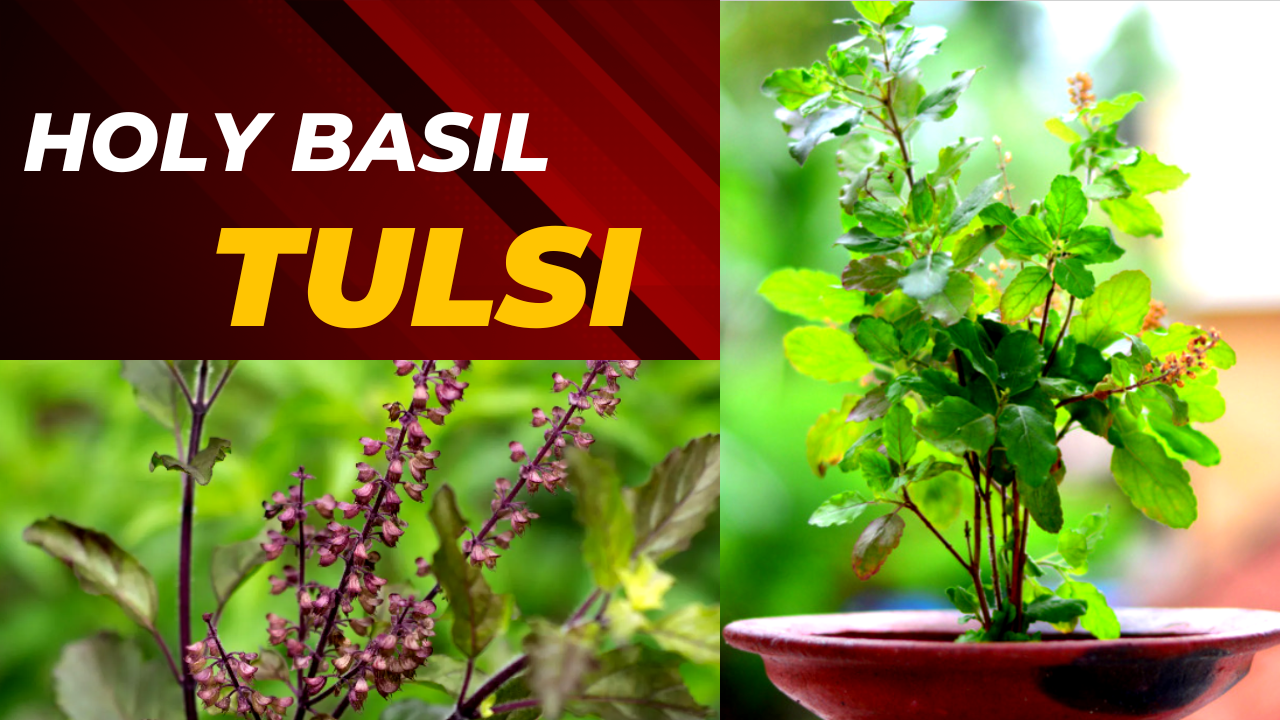
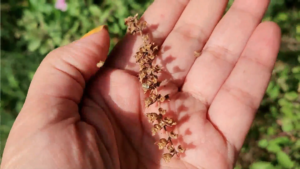

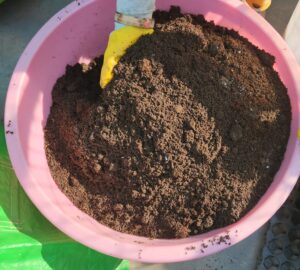
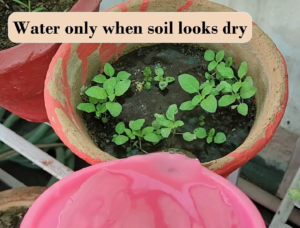
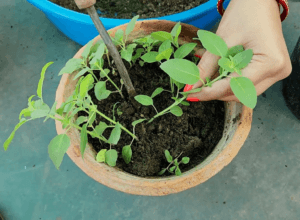
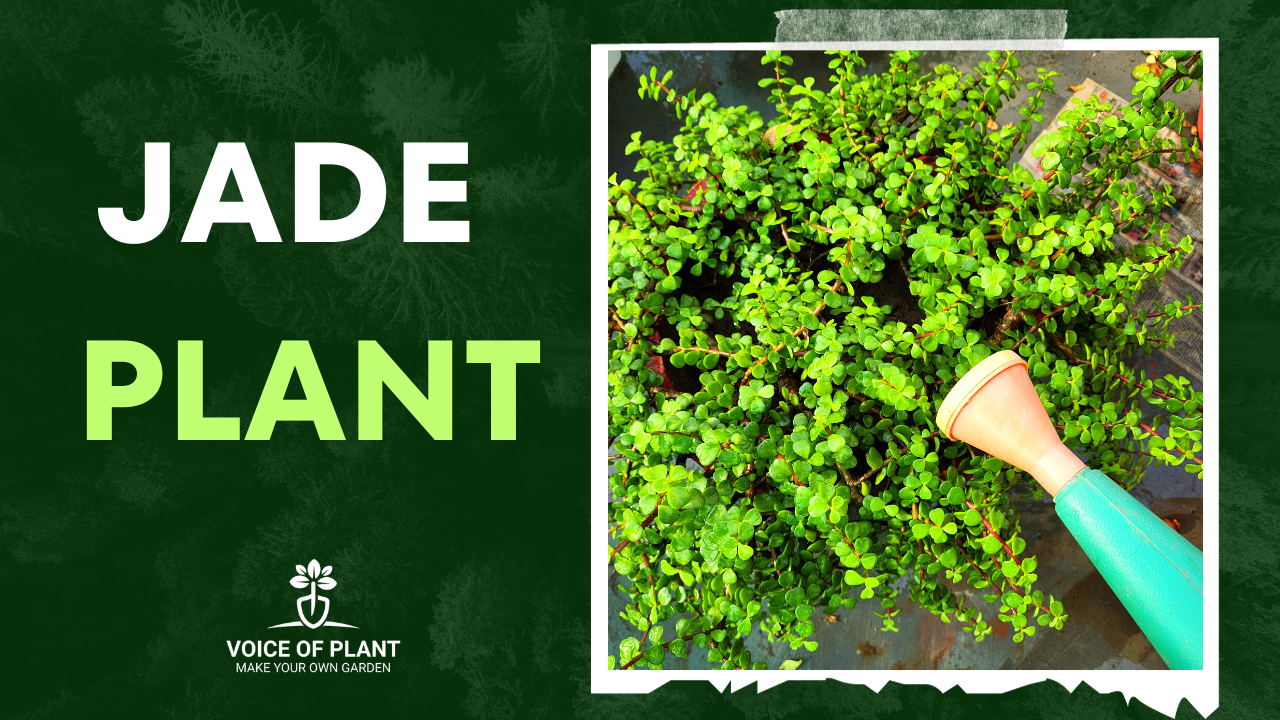

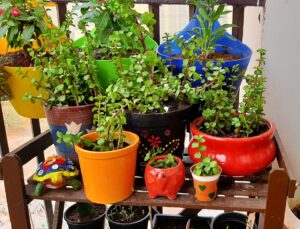

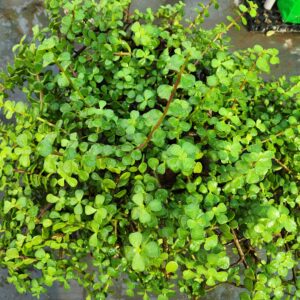
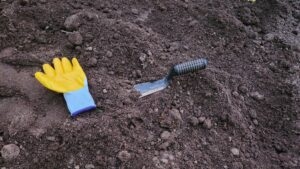

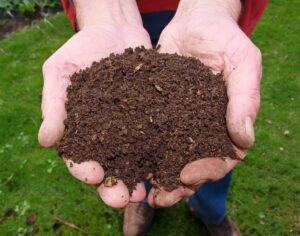
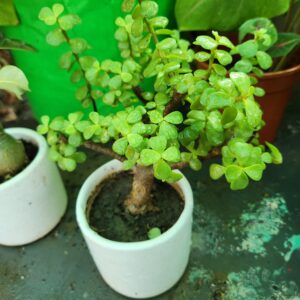

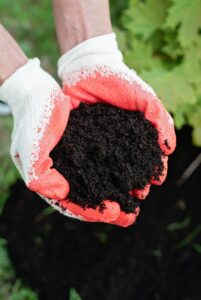

 Kitchen compost is an organic fertilizer made from kitchen waste or scraps. It is a process by which kitchen waste and food scraps are biologically decomposed.
Kitchen compost is an organic fertilizer made from kitchen waste or scraps. It is a process by which kitchen waste and food scraps are biologically decomposed. 